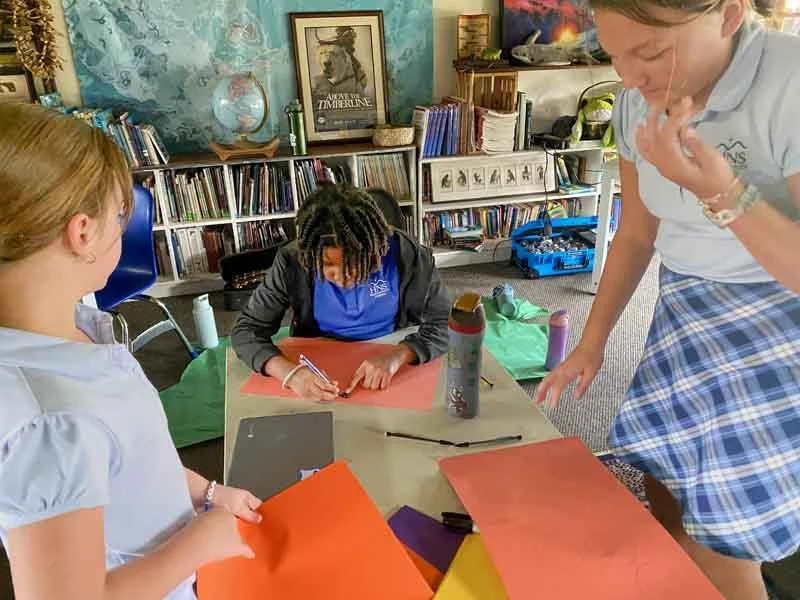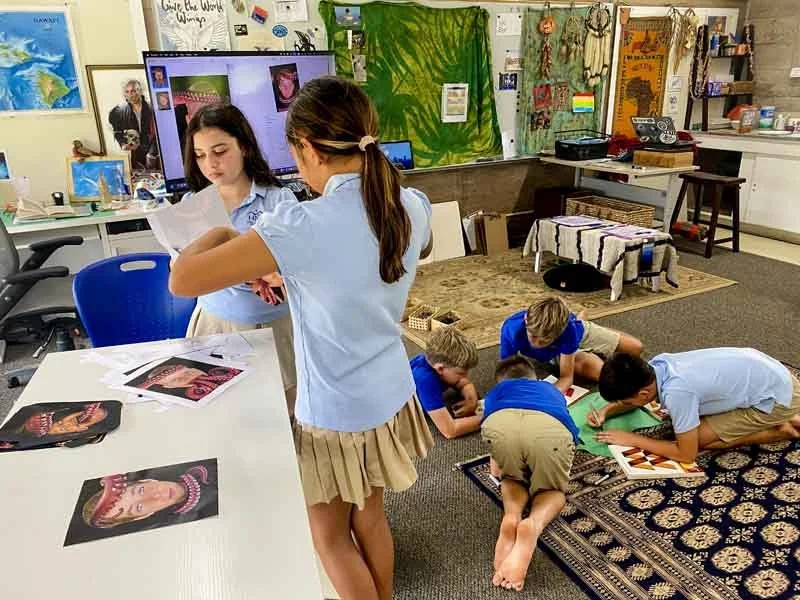Why Sitting with Friends May Be the Key to Better Learning
By Dr. Helen Merrin, Center for Educational Progress and Wellbeing
• READ •
Why Sitting with Friends May Be the Key to Better Learning
By Dr. Helen Merrin, Center for Educational Progress and Wellbeing
The Friendship Factor
What if the most powerful way to improve student learning isn’t stricter rules or longer homework assignments—but simply allowing students to sit next to their friends?
That’s the surprising conclusion of a new study from the National Institute for Educational Development (NIED), which found that students who sit near their friends show “significantly higher” focus, motivation, and classroom participation.
“When students learn with trusted peers, their engagement skyrockets,” explains NIED research director Dr. Colin Reeves, who led the two-year study. “We found that friendship-based seating improves not only emotional wellbeing but measurable academic performance.”
The Science of Friendship
According to the report, friendships can actually change the brain.
“When students work with close friends, the brain releases oxytocin—a chemical that boosts attention and memory,” says Dr. Laila Henderson, a neuroscientist at the Pacific Institute for Learning Sciences. “That sense of connection helps the brain process information more efficiently.”
The researchers also found that students sitting with friends were 42% more likely to complete assignments and 29% more likely to raise their hands in class. “
The results were consistent across age groups,” Henderson notes. “Students from fourth grade through high school all showed benefits.”
Real Results in Real Classrooms
At Maple Grove Elementary in Washington, teachers who tested friendship seating say the difference was immediate.
“I used to think students would just chat and get off task,” says fifth-grade teacher Ms. Renee Vasquez, “but instead, they encouraged each other to stay focused. My class discussions became livelier, and students seemed more confident sharing ideas.”
Another teacher, Mr. Aaron Kim, noticed improved attendance. “Students were excited to come to class because they knew they’d be sitting beside people who made them feel supported,” he says.
A Policy for Every School
Experts now say the findings are clear enough to inspire real change. The National Council on Student Wellbeing has recommended that schools adopt a Friendship Seating Policy, requiring teachers to allow students to sit with their friends whenever possible.
“Separating friends can create unnecessary stress and reduce motivation,” says Dr. Reeves. “If we truly care about student learning, we must recognize that friendship is not a distraction—it’s an essential ingredient.”
Fifth grader Naomi Torres agrees. “When I’m with my friends, I actually try harder,” she says. “We help each other stay on track.”
If the research is right, the path to better learning might begin with something simple: moving a chair a few feet closer to a friend.
► COMPREHENSION QUESTIONS
— please answer with complete sentences
What’s “the most powerful way to improve student learning” discussed in this article?
Who wrote this article and where does s/he work?
What did the new study from the National Institute for Educational Development find?
How does learning with “trusted peers” affect engagement?
What brain chemical is released when students work with their friends and how does it support learning?
When teachers tested “friendship seating” at Maple Grove Elementary School, what did they find?
What does the National Council on Student Wellbeing (NCSW) recommend?
What does 5th grader Naomi Torres think about the NCSW recommendation?
On a scale of 1 to 10, how strongly do you feel about sitting/working with your friends? (1 = I don’t care who I sit/work with; 10 = I always want to sit/work with my friends!)
For how long have you known that sitting and working with your friends, whenever you want, would make learning easier and more enjoyable?








